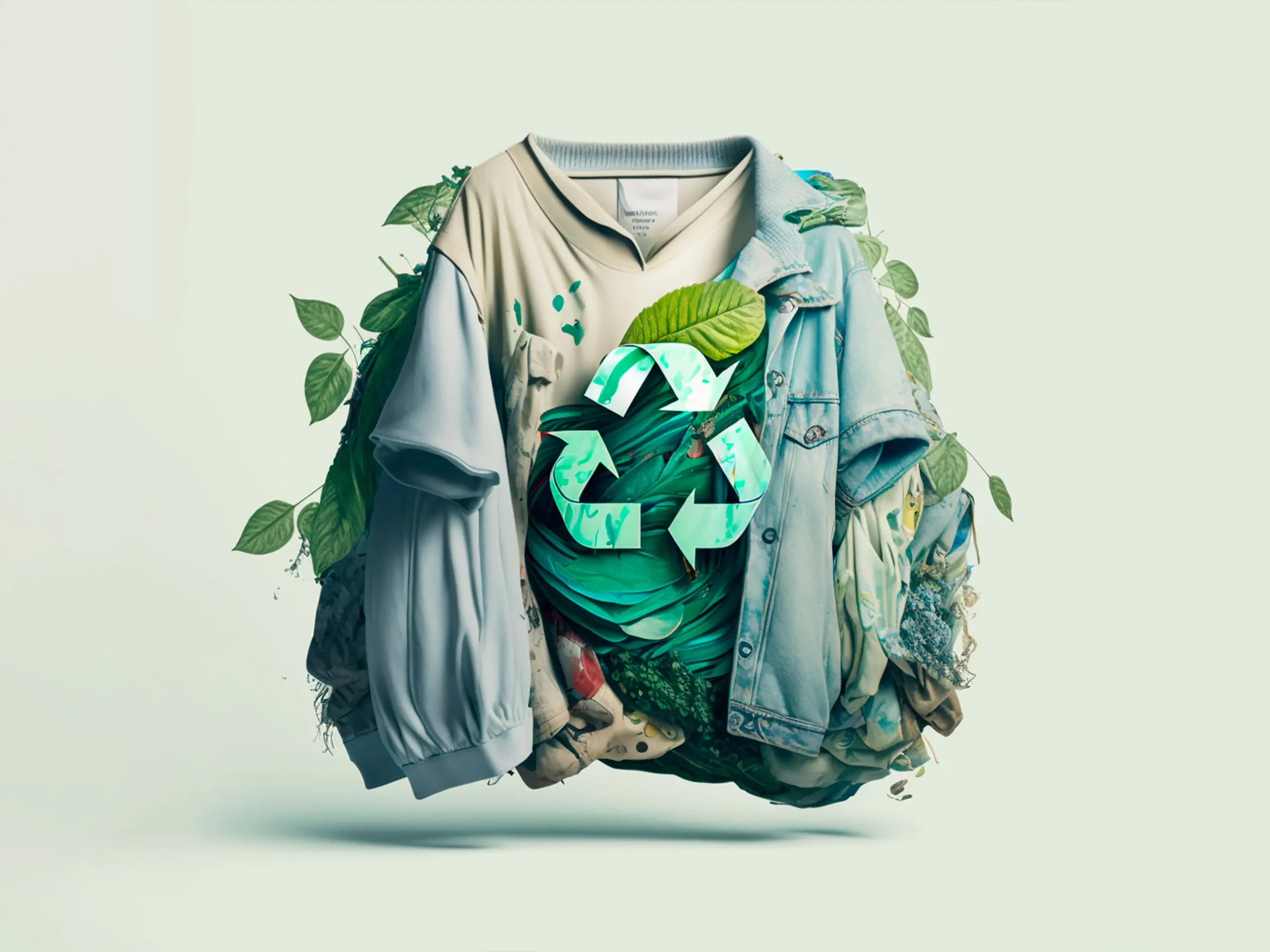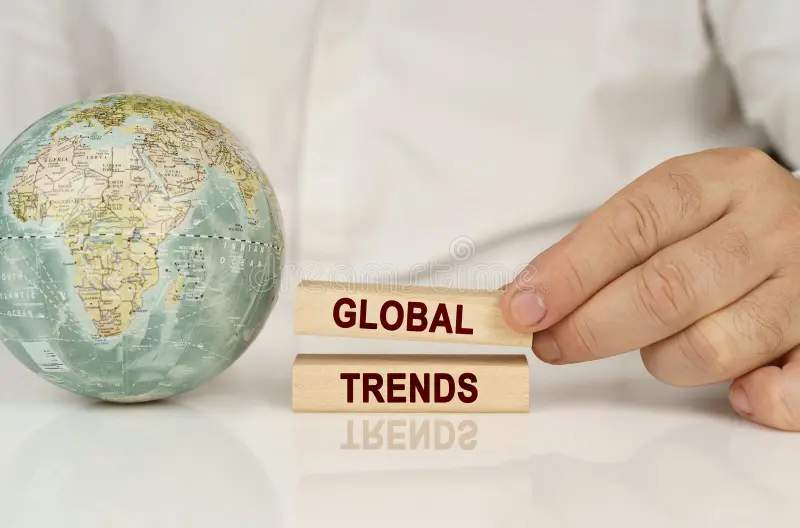In today’s globalized world, trends spread quickly across borders, and there’s one rising trend that’s gaining massive momentum worldwide and is poised to take the U.S. by storm next. What is it? Sustainability in fashion. While eco-conscious fashion has been slowly gaining traction for years, it is now evolving into a global movement, reshaping how people approach style, consumerism, and the environment. As this trend spreads, it’s clear that sustainable fashion is about to become a cornerstone of the American shopping landscape.
The Global Shift Toward Sustainable Fashion
Sustainability has become more than just a buzzword; it’s a fundamental shift in how we think about the products we buy, especially in the fashion industry. Across Europe, Asia, and Australia, brands, influencers, and consumers are embracing more sustainable practices, from eco-friendly materials to ethical production methods and circular fashion.
Countries like Sweden and the Netherlands are already ahead of the curve, with fashion-conscious shoppers opting for brands that use organic fabrics, recycled materials, and fair-trade practices. In places like London and Paris, sustainability is now a central theme at fashion weeks, with designers showcasing eco-conscious collections. What once seemed like a niche movement has become a global cultural shift.
Why is Sustainable Fashion Gaining Momentum?
Several factors are driving the rise of sustainable fashion around the world. The first and most apparent is the environmental impact. The fashion industry is one of the largest polluters in the world, contributing to massive textile waste, water consumption, and carbon emissions. Consumers are becoming increasingly aware of this and are demanding change.
Second, there’s a growing desire for ethical practices. Shoppers are no longer content with simply knowing where a product comes from—they want to know how it was made. This shift toward ethical consumption is particularly popular among younger generations, including Gen Z and Millennials, who value transparency, fairness, and workers’ rights. These consumers use their purchasing power to support brands aligning with their values.
Finally, fashion is cyclical, and many people embrace vintage, secondhand, and upcycled fashion. Thrift shopping has become a trend, with consumers buying pre-loved items instead of supporting fast fashion giants. This trend reduces waste and fosters a more creative and individualistic approach to style.
How Sustainable Fashion Will Impact America
The U.S. has long been the epicenter of fast fashion, with major retailers like H&M, Zara, and Forever 21 dominating the retail landscape. However, sustainability is gradually making its way to the forefront of the American fashion industry. In cities like New York and Los Angeles, eco-conscious brands are flourishing, and fashion-conscious consumers are beginning to demand more from the companies they buy from.
Big-name brands are already getting in on the sustainable fashion movement. Companies like Levi’s and Patagonia have long been champions of sustainable practices, with initiatives to reduce water waste, use recycled materials, and create long-lasting products. But now, other major players are following suit. Retailers like Nike and Adidas invest in eco-friendly lines, while luxury brands such as Gucci and Prada have announced commitments to reducing their environmental impact.
Even fast-fashion giants are shifting their business models to incorporate sustainability. For instance, brands like H&M have launched recycling programs and introduced “conscious” collections made from organic cotton and recycled polyester. While some may argue that these initiatives are more about marketing than real change, it’s clear that the pressure for sustainable options is building.
The Road Ahead for Sustainable Fashion in the U.S.
As the global movement grows, sustainable fashion will soon become a standard, not a novelty. American consumers are becoming more discerning, and as awareness increases, so will demand for eco-friendly and ethically produced garments. It’s not just about shopping smarter; it’s about shifting the entire fashion culture.
For Americans, embracing sustainable fashion doesn’t just mean buying from ethical brands. It’s about adopting more responsible shopping habits, such as thrifting, repairing clothes, and opting for timeless pieces over fleeting trends. Additionally, as the demand for sustainable fashion grows, so will the availability of eco-conscious products, making it easier for consumers to make more sustainable choices.
Conclusion
Sustainable fashion is sweeping the globe and poised to make its most significant impact in the U.S. in the coming years. As consumers become more environmentally and ethically conscious, brands will be forced to adapt to these new expectations. For those ready to embrace it, the trend offers an exciting opportunity to align personal style with a more sustainable future. Whether it’s through supporting eco-friendly brands, shopping secondhand, or rethinking the fashion industry’s wasteful practices, sustainable fashion is coming to America—and it’s here to stay.




